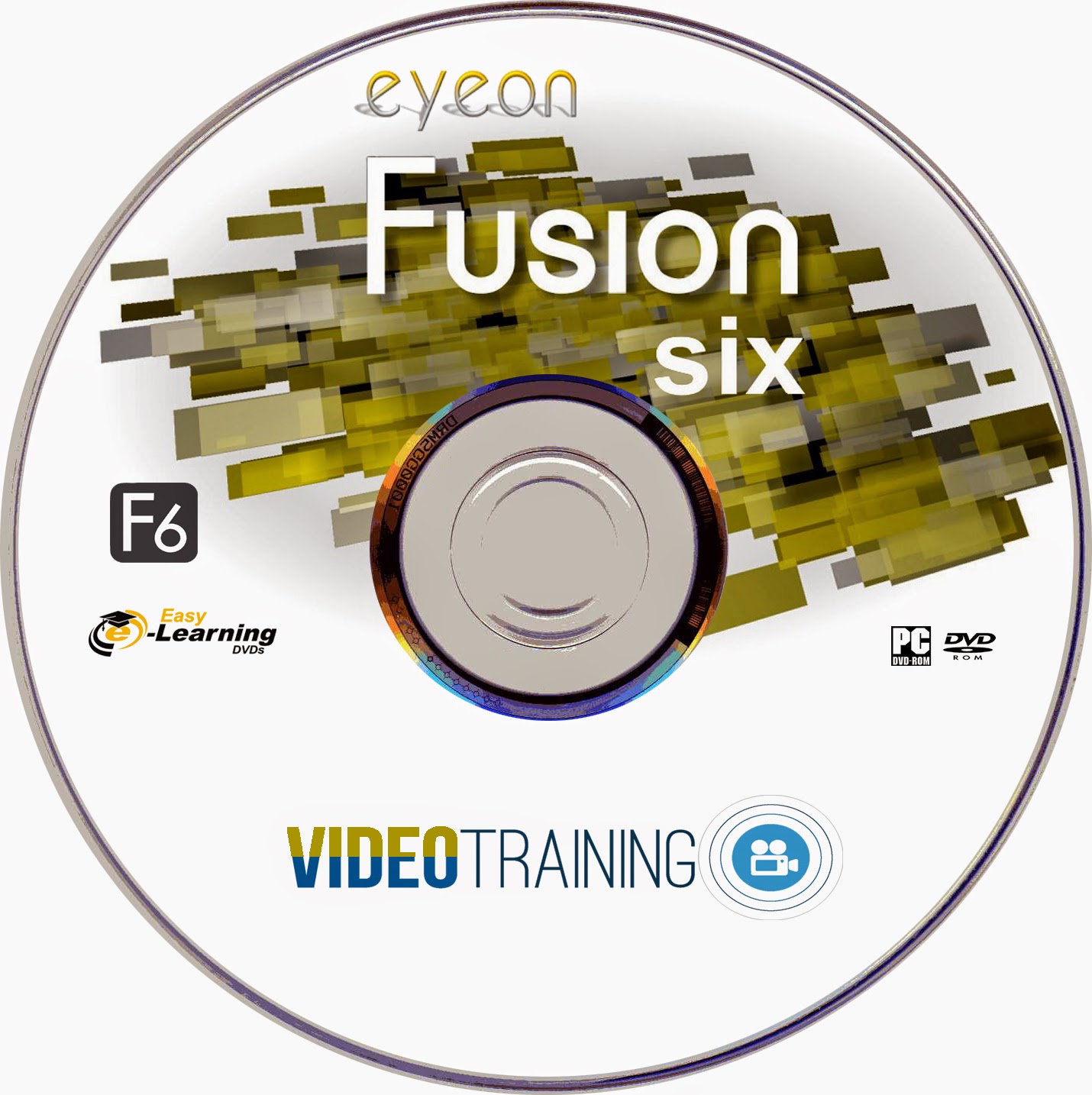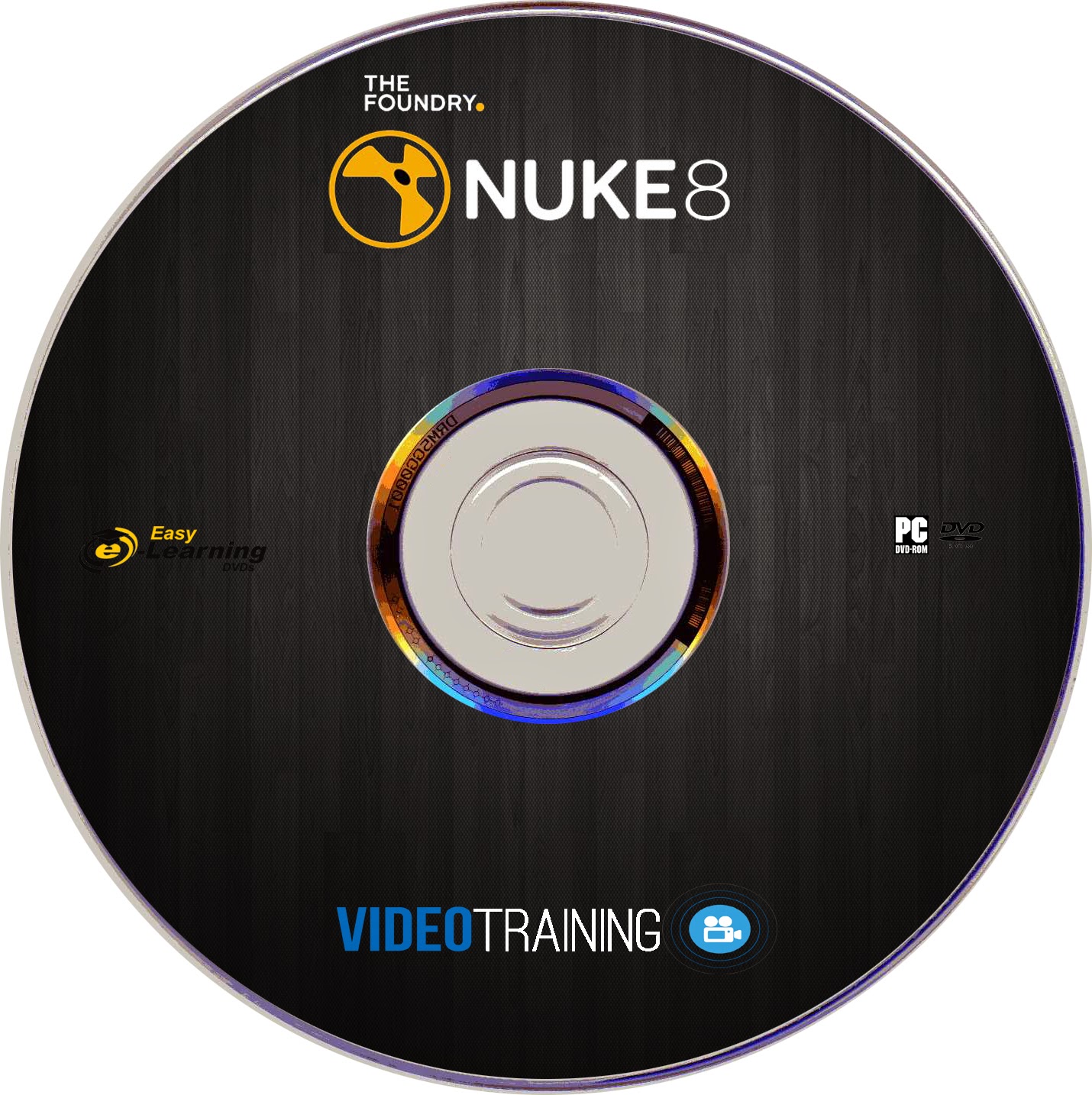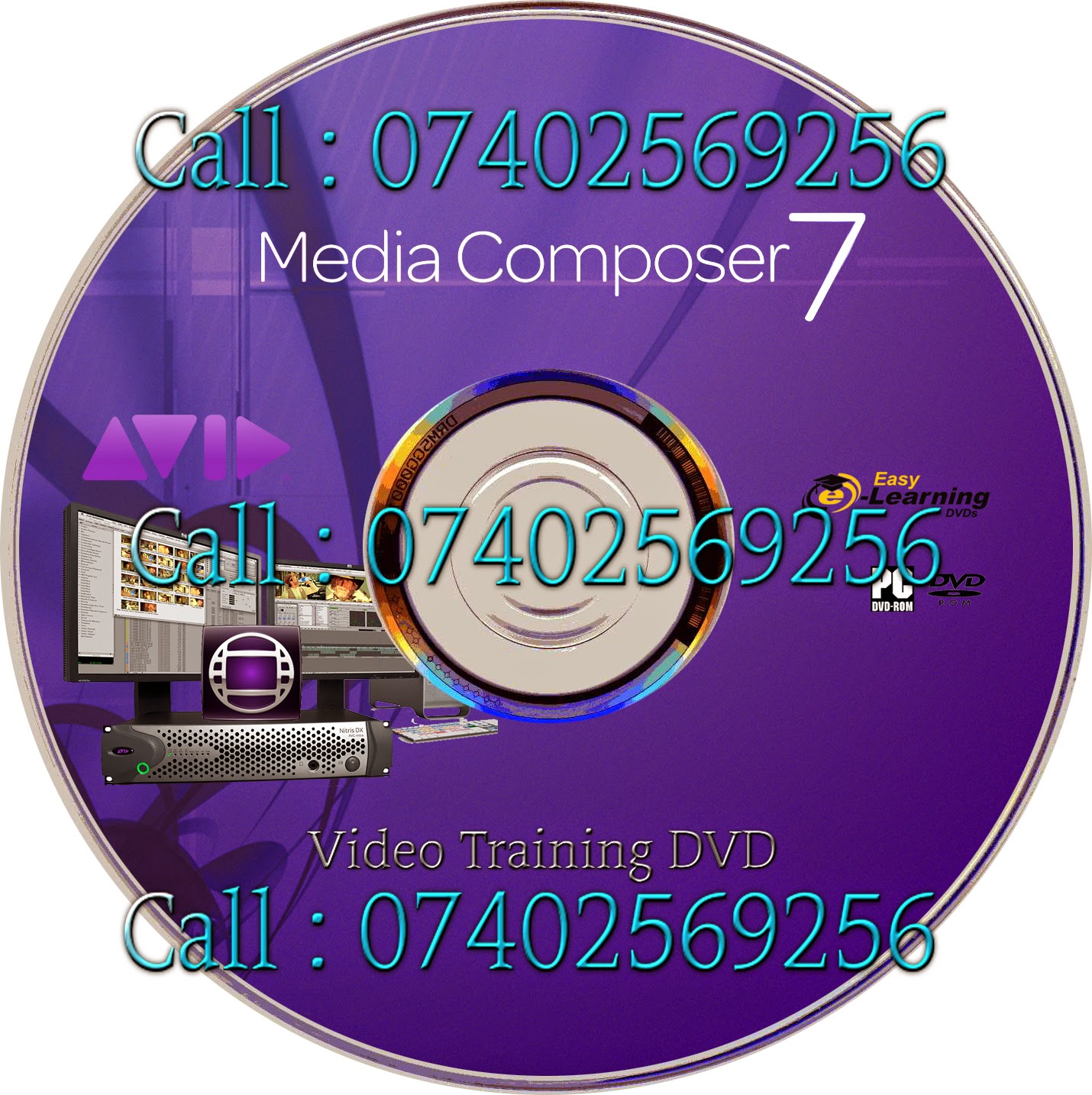Duration : 8:06:00 H:MM
MODULE 1: The Critical Settings - Part I
41 min video Lesson
This module focuses on two of the Most Critical and Fundamental features That Should BE addressed DURING the course of Any visualization project WHERE V-Ray is USED - the Irradiance Map and Image Sampler. The irradiance map is arguably the most widely used primary bounce GI solution among V-Ray users and this module breaks down this complex feature in simple and easy to follow instruction. Highly detailed illustrations provide the viewer a clear understanding of how these solutions work. The module continues by explaining the critically important concept of image sampling and antialiasing. Virtually every 3D scene is victim to the side effects of these two features but this module explains how the three image samplers work and how the various filters can be used to control the often problematic effects of antialiasing. After completing this section, viewers will have the tools necessary to minimize these effects and maximize the detail in the rendered output.
MODULE 2: The Critical Settings - Part II
57 min video Lesson
In this Second module on Critical settings, viewers are Presented two more critically important GI solutions - the Light Cache and Quasi Monte Carlo GI. These two solutions offer unique qualities to our work and present challenges for proper use. During the course of instruction, viewers are given detailed explanations of how these solutions work, what they can do, and how to best implement them. Emphasis on these solutions is geared towards efficiency and showing the viewer how to achieve a great mixture of speed and quality. Before the module ends, a detailed explanation of color mapping and environment lighting is provided, which are two additional critical features that have a global impact on the lighting in any scene. By the end of module 2, viewers will possess a strong foundation of the most critical V-Ray settings on which further material can be effectively grasped and easily understood.
MODULE 3: V-Ray Materials
34 min video Lesson
Thanks to the Power of V-Ray and the Material Editor, we can realistically simulate any material on earth by controlling all the visual properties a material possesses. Creating stunning visualizations is usually not possible or practical without a solid understanding of these numerous properties. Building on the user's fundamental understanding of material channels, basic map types and UVW mapping, this module delves into the settings that bring materials to life in stunning fashion. While materials have a tremendous impact on the visual aesthetics of a scene, they have an equally great impact on rendering times. In this lesson, users will learn how to get the most out of blurry material effects and other great material characteristics such as refractions without bringing their computers to a grinding halt. Free sources for great material libraries are presented giving users access to virtually any material type imaginable.
MODULE 4: Animating Static Scenes
36 min video Lesson
Animations something Unique Offer That stills Simply CAN not Provide - A True sense of being immersed Within A scene. While an animation can give you much more, the final product comes at a hefty price - rendering time and scene detail. Touching up a single still image is relatively easy but animations are much less forgiving of a lack of quality. This module covers the steps necessary to create animations of static scenes while maximizing quality and minimizing render times. Users will learn effective short cut methods to creating animations with certain types of moving objects, without degrading effects to the overall GI solution. The discussion continues with methods of eliminating the unwanted effects of varying GI flickering which plagues many animations.
MODULE 5: Image Based Lighting (HDRI)
37 min video Lesson
HDRIs Offer A Unique way to Light A scene with A Look That is Difficult to achieve with other standard lighting approaches. This module shows how to unlock the power of the HDRI to achieve dramatic looks and inspiring moods. Users will learn the differences between the various types of image based lighting and when to use each. Examples are presented to show how HDRIs can be used effectively while acting as the sole source of illumination in a scene. Critical differences in dynamic ranges between exterior and interior scenes are discussed as well as the resulting effect on how HDRIs should be used in each instance.
MODULE 6: Lights
38 min video Lesson
If you Ask Any Veteran 3D User what the Most Important element of a good 3D scene is, you'll always get the same answer - lighting. Good lighting can make a scene with bad modeling or materials look good. Likewise, poor lighting can make a scene with good modeling and materials look bad. This module shows the user how all three major light types, standard, photometric, and V-Ray lights, can be used to achieve different results and different render times. Different methods for setting up exterior and interior lighting are discussed as well as methods for creating nighttime scenes. The module continues with in depth coverage of V-Ray shadows and how to manipulate their appearance. Finally, the new VRaySun and VRaySky features are explained in detail.
MODULE 7: Advanced Features Part I
31 min video Lesson
In Part I of this two Part series, we Look at some of the many great features Additional That make V-Ray stand out from other rendering engines. Here the viewer is shown how to effectively use the new VRay Physical Camera to simulate the qualities of a real-world camera. Progressive path tracing is introduced as another way to render without having to worry about all the quality settings that must be considered with other rendering methods. Finally, an in-depth look at all the great features of the V-Ray Frame Buffer is provided, and the user is shown why this option should always be used over the standard 3ds Max frame buffer.
MODULE 8 : Advanced Features Part II
46 min video Lesson
In Part II of this series, we Look at some great features Additional That have not yet Been Discussed, Including caustics, displacement, and the VRayBlend VRayOverride materials, and VRayFur. The module continues with a detailed discussion on techniques and features designed to improve resource management, such as the VRay Proxy and dynamic memory, as well as how to properly assemble a scene while retaining the best mixture of rendering speed vs. memory consumption. The user will learn when to collapse objects, when to keep object modifiers and compound objects in tact as well as numerous other considerations that have a great impact on how V-Ray is used.
MODULE 9: Practical Exterior Lighting (Bonus Module)
78 min video Lesson
Having Covered the VAST Majority of the V-Ray Important features and settings in modules 1 through 8, students are shown how to apply many of things discussed in earlier modules, to a real exterior scene created by 3DAS. In this module, students are shown numerous different lighting and rendering approaches including irradiance maps, light cache, QMC, HDRIs, progressive path tracing, the V-Ray physical camera and the VRay Sun. The instructor describes the process that he would go through to light and render this scene from scratch, and then describes some of the other ways that you might want to approach your scenes based on what the final deliverable, the time you have available, and problems that you might encounter along the way. Throughout the module, students are shown how to deal with the myriad of problems that may arise in any scene, such as splotches, noise, flickering GI, strange dots, running out of memory, excessive render times, system crashes, lack of detail and so on. The goal of this module is to teach students how to achieve the highest quality renderings in the shortest amount of rendering time.
MODULE 10: Practical Interior Lighting (Bonus Module)
90 min video Lesson
In this module, the viewer is Shown how to light an interior scene from start to finish. The instructor demonstrates several different ways to approach interior lighting, covers most of the different light source types commonly used for interior lighting, and then puts numerous different render and material settings to the test to show how you can get different looks to your images and precisely control the relationship between speed and quality. This video provides a solid review of material from all previous modules and serves as an invaluable guide to the complex subject of interior lighting.
======================================================================
This DVDs are only suitable for a PC/laptop/Mac; it WILL NOT play on a TV
=======================================================================
Payment mode : CASH ON DELIVERY , Pay on my account ,Buying via ebay or ShopClues
Shipping : By Courier through all over India
Shipping charge : Rs 50/- Flat Rate shipping anywhere in India
You can get with in two days
Any Advanced Graphic Design Software Tutorials, IT Software Tutorials, Multimedia Software Tutorials, All Engineering purpose Software Tutorials & All Software Tutorials Available
For more details
Email : digitalcollections4u@gmail.com
https://www.facebook.com/TutorialsDVDs







